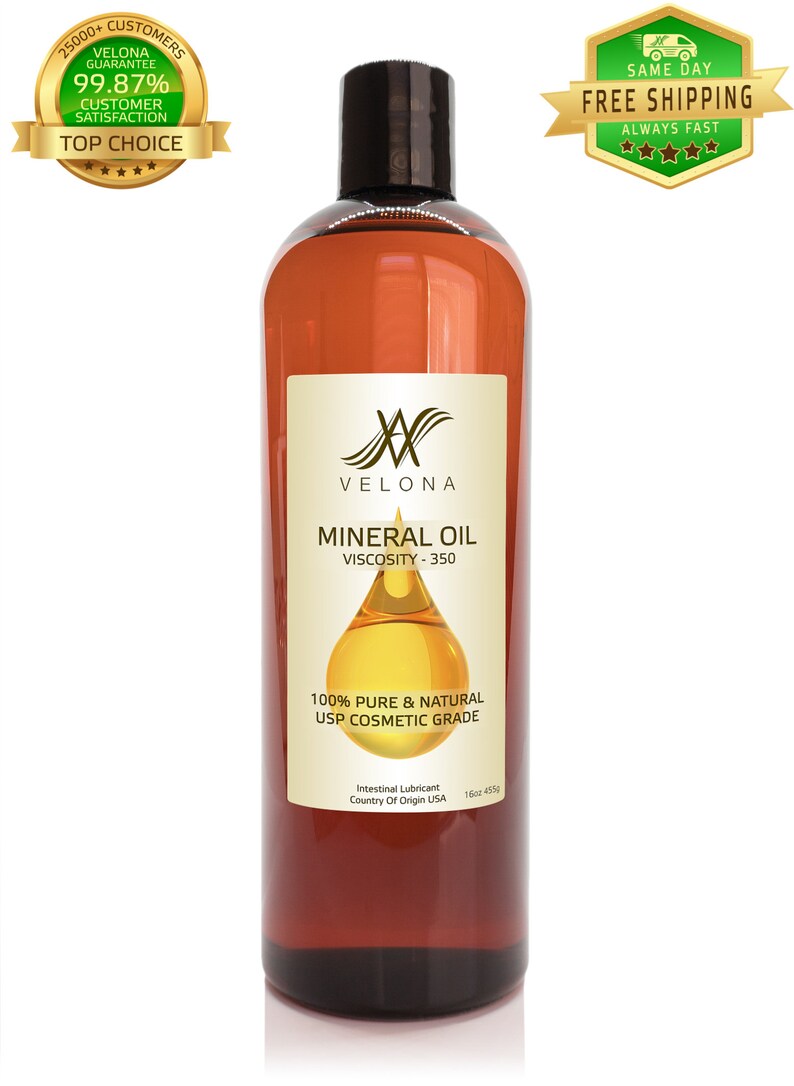
The effect of various additives such as arginine, 1,6-hexanediol, and salts on amyloid formation was also examined to investigate interactions that are important for amyloid formation. Herein, we demonstrate that the liquid droplets, which are stabilized by electrostatic interactions, appear only in the process of toxic (i)-amyloid formation, but not in the less-toxic (r)-amyloid formation process. However, the differences in the formation mechanism and cytotoxicity expression are still unclear. Our previous study has shown that insulin forms two types of amyloids toxic amyloid formed from the intact insulin ((i)-amyloid) and less-toxic amyloid formed in the presence of the reducing reagent TCEP ((r)-amyloid), suggesting insulin amyloid polymorphism. Insulin balls, localized insulin amyloids formed at the site of repeated insulin injections in patients with diabetes, cause poor glycemic control and cytotoxicity. This first ever study on the utilization of the low-cost 15% FEM clay separator BPV achieved high power outputs and proved its suitability for field-scale applications due to its long-term stability, and thus can be an alternate to the costly polymeric membrane. Membrane characterization also showed high proton transfer coefficient with low membrane resistance in FEM-15%. FEM provides cationic sites enhancing the proton transfer rate as confirmed from the electrochemical analysis. Among the three variants of clay separators other than the commercial proton exchange membrane (PEM), clay separator modified with 15% of FEM resulted in peak power density (7.87 W/m3) with high organic matter removal (82 ± 3.78%) and Cr (VI) reduction (94 ± 0.85%). The performance of biophotovoltaics (BPVs) having clay separators modified with 10%, 15%, and 20% of Fuller's earth-material (FEM) to improve the cation exchange capacity was assessed on the basis of wastewater treatment and electrochemical analyses. The presented characteristics are particularly applicable in the field of food emulsion stabilization due to the presented surface-active properties of sugar beet fibers as well as specific characteristics of investigated multi-polysaccharide systems. The increased concentration of sugar beet fibers in the presence of sugar beet pectin lead to the accelerated increase in specific conductivity values indicating effects of "macromolecular crowding", inter- and intramolecular conformation changes and charge formation.ĭetailed characterization of sugar beet fibers provided scientific insight towards fundamental characteristics of sugar beet fiber aqueous solutions. Intermolecular linking and probable embedding of OSA maltodextrin molecules into the sugar beet fiber complex structure was detected in conductometric studies. Structural bonding between investigated polysaccharides were evaluated through conductometric measurements. Sugar beet pectin had higher impact on aqueous solutions viscosity values compared to sugar beet fibers samples. All sugar beet fibers samples showed substantial surface-active properties but different effect on the viscosity values of aqueous solutions. Sugar beet fibers and its water soluble fraction were investigated. First time detailed characterization of sugar beet fibers aqueous solutions in comparison to high molecular weight (sugar beet pectin) and low molecular weight (OSA maltodextrin) hydrocolloids/stabilizers was performed through viscometry, conductometry, tensiometry and component analysis. Knowledge about specific functional characteristics, such as viscosimetric, conductometric, tensiometric and structural properties of polysaccharide aqueous solutions is highly important in the successful and adequate application in food emulsion formulation.

The present review discusses the key approaches in biosimilar formulation development, and further summarizes the use of innovator formulation knowledge space for biosimilar mAbs product development.

Biosimilar companies could use the innovator formulation knowledge space to develop alternative formulations at the expense of time and cost. As a part of life cycle management, innovator companies are adopting multiple strategies to delay biosimilar competition. Several variables must be considered while developing alternative non-infringement formulations, including the time gap between the expiration of the molecule patent and the formulation patent, the ability not to infringe other secondary patents (process-related), and project timelines. Therefore, an alternative formulation development is required to avoid infringement of formulation related patents. However, the availability of affordable biosimilars is delayed by secondary patents related to the formulation and manufacturing process. Many biologic drug products, particularly monoclonal antibodies (mAbs), were off-patented between 20, and this process is continuing as the number of biologics approvals has increased.


 0 kommentar(er)
0 kommentar(er)
